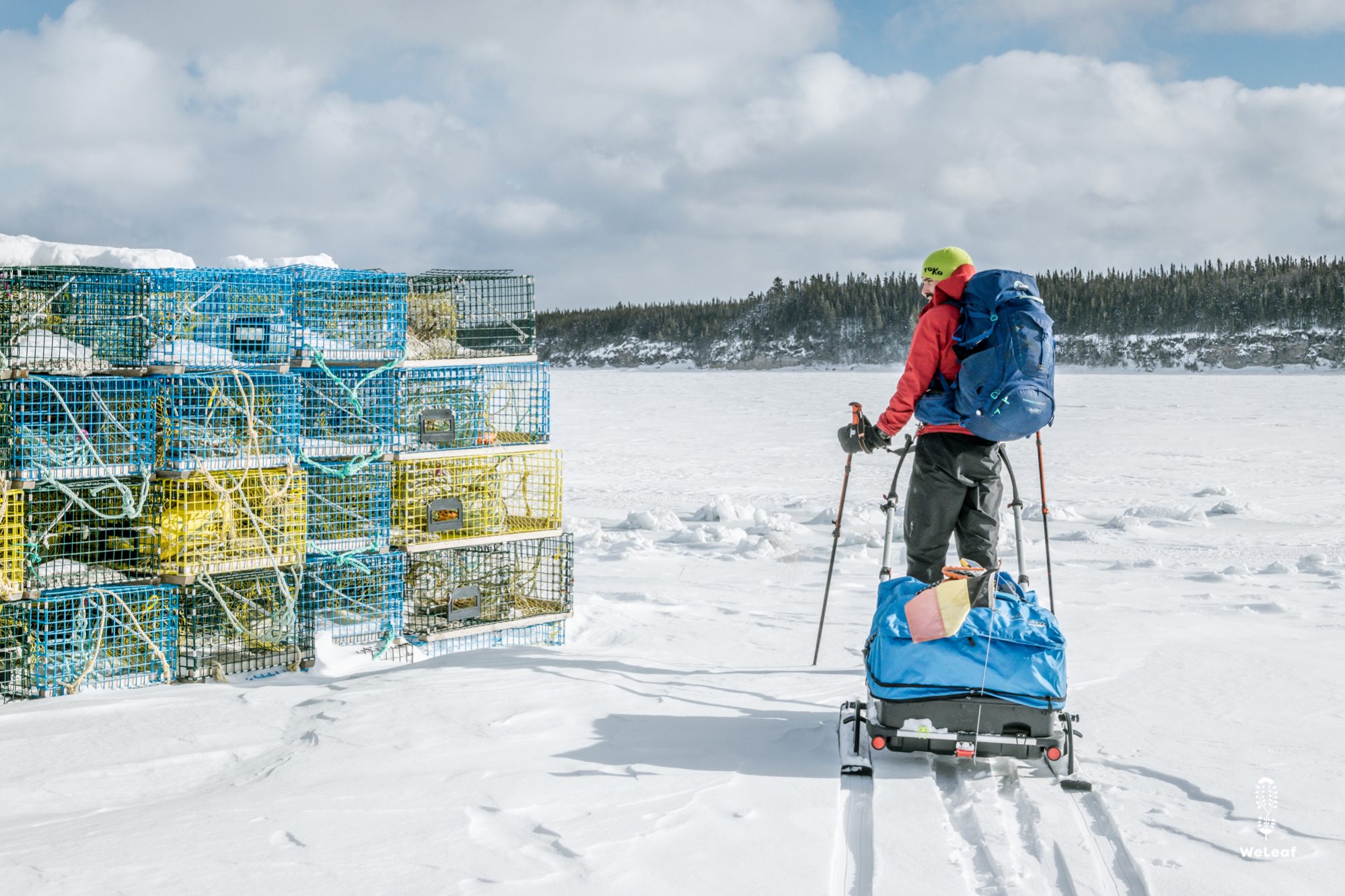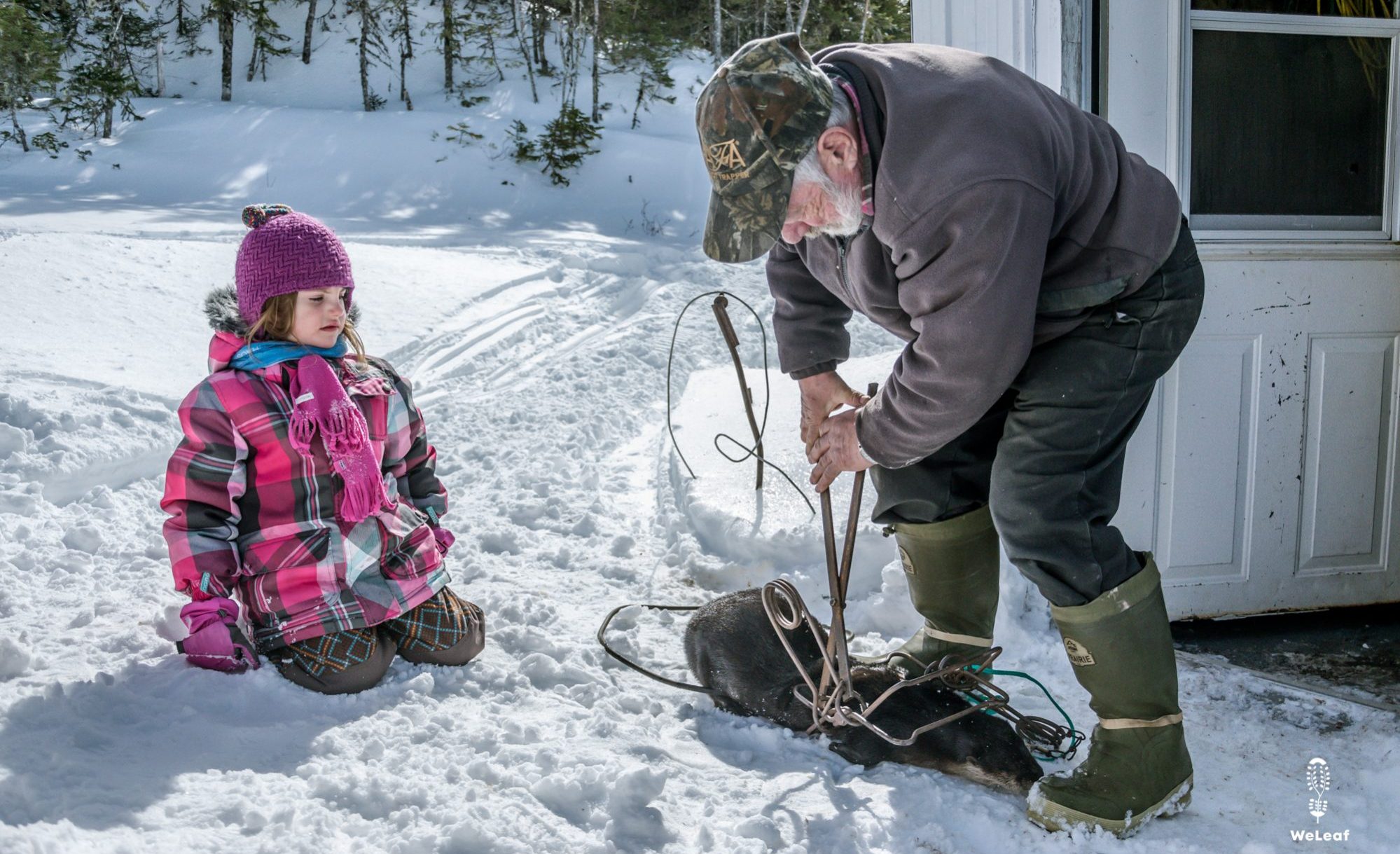
Hunter-gatherers

Packing list for winter travel
April 21, 2020
The Alternative Appalachian Trail
May 1, 2020
Tuesday Februari 18th - Rivière-au-Tonnerre
The snow is a white blanket interrupted by two continuous lines with a horizontal frayed pattern in between. These are the clear markings of a skidoo, a snowmobile that seems to have passed here yesterday. Yesterday we walked on the highway with the skis in our hand after the white obstacles stopped us. We could only speculate and feared that we might miss 200 kilometers of skiing. Once in Michelle’s house we were able to find more information and luckily we learned quickly that the trail was marked again from her village. Her village has about thirty houses and somewhere between those houses the trail starts again, climbing back into the hills of the interior. We look at our path with a smile. No groomer passed has passed as promised, but this old track is sufficient for us.
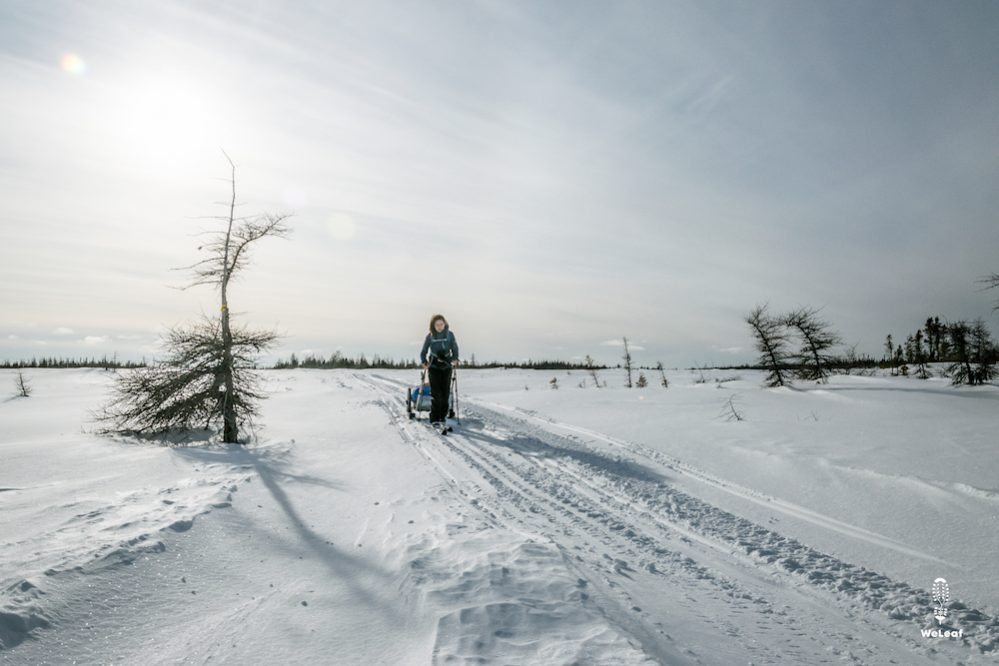

We are not the only ones who appreciates this. Earlier this morning the track is followed by two or three wolves. Wolfes easily walk seventy kilometers a night, which is twice as much as we do on skis. Our skis glide close to their sturdy prints. They neatly follow the skidoo track, even if the track takes a detour, they prefer the path rather than the deep snow next to it. The legs walk in a straight line as if they know exactly where they are going, sometimes broken by a pee to mark the terrain. The little wolf seems a lot more active, sometimes disappearing into the woods, his nose stuck deep in the snow, and then trotting back to the parents. It can all be read from the history of the snow. The feeling of those powerful beasts, no more than a footprint away, gives a kick, a kick of life. As if my life gets more powerful when feeling their existence, Zoë thinks. It gives a healthy tension of being wary. That feeling makes us part of nature. We are not afraid, in fact, a wish would be fulfilled if we see a wolf. However, it stays with fantasies.
The imaginations that we have trained as a child by watching Disney movies are in our minds. The reality of the footprints makes us imagine the beasts of last night. We see that big wolf calmly walking towards us full of confidence. Behind him the mother and the cubs. When the father first crosses the hill, he stops. He stands there as a leader and looks at us with his deep blue eyes. A quick look back at his family as the wind blows through his hair. The imagination does not know what happens next. Does he attack us or run away? Suddenly we realise that we are not a "real" part of nature at all. We just pass. We don't know anything about the wolf, his lifestyle, his behaviour, his hunting technique, his sleeping place. We are not “hunter-gatherers" who know everything about their habitat. The hunters who know both the habitat of the animals on which they hunt and the habitat of the prey those animals hunt. Hunters who can smell, hear and find animals. We only see the footprints, which show us the way to our next address.
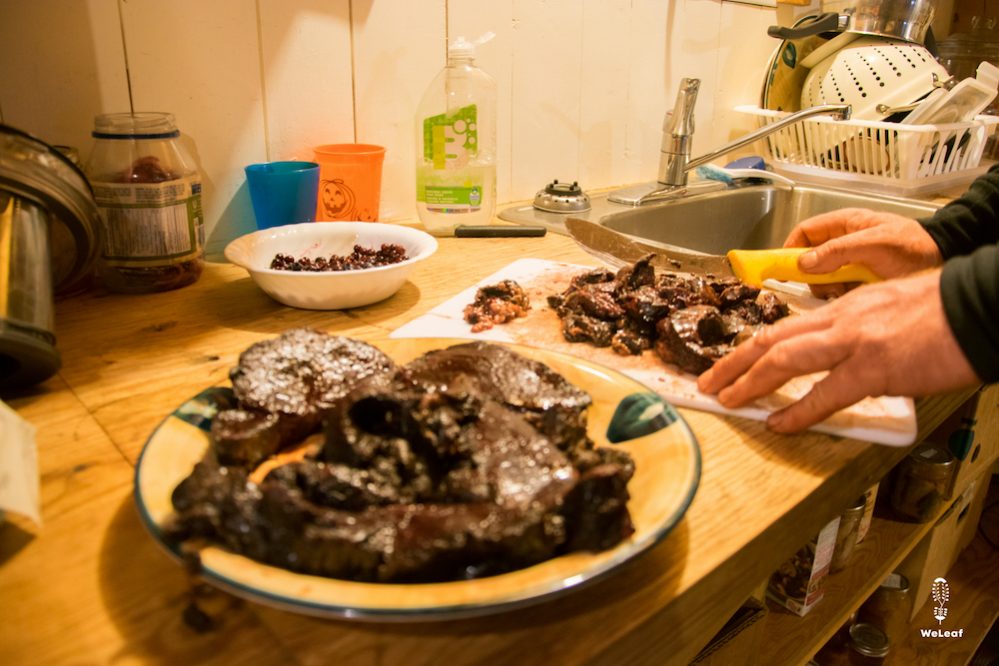
Seal meat, almost black due to the high concentration of red blood cells
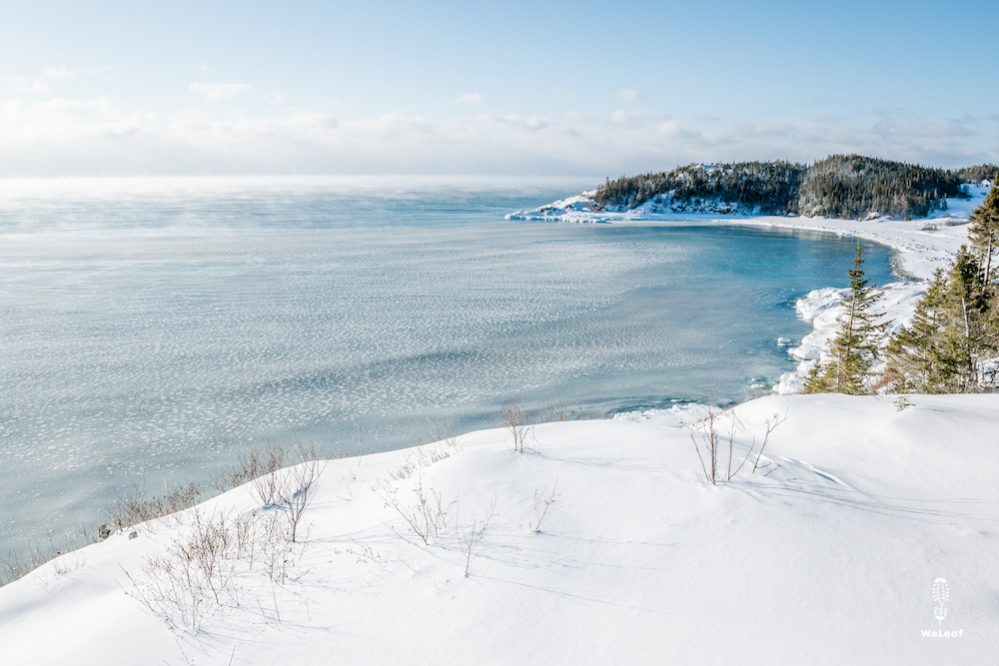
Magpie in winter
Our next host, hunter and biologist, Ilya, learns us about seal hunting. He hunts seals himself and tonight it's on our plate. "So you can still hunt seals?” Olivier asks, surprised. "I thought that was only allowed for the Innu's, the native people?" adds Zoë. Ilya is a "white" man and he is allowed to shoot seals for his own use. "Yes, I have a license," he explains. Five seals per year. We explain to him that in the Netherlands and Belgium we have a completely different picture of seal hunting. “Before we came to the North Coast we thought they were protected,” we explain. "We know images of cute, pitifully looking white baby seals and see videos of seals being beaten up with a kind of ax. People donate money against the seal hunt." “So” Zoë says “eating seal feels forbidden and illegal for us.” Ilya explains to us that the images we see are against the fur industry and have nothing to do with the people eating seal meat. But all those Greenpeace campaigns made it difficult for small communities in this area. These hunter-gatherers have been portrayed as murderers, even though it’s the big industry who is wrong.
It is not easy to get a license, you have to take a course and meet many conditions. "As a result, eating seals has become rare, although that is simply 'our' cow." We discuss a full day and our knowledge is filled with perspective. How can we Europeans donate money against seal hunting, while the government of Canada allows it? We learn that seals are not an endangered species and what makes the difference between eating a seal, a deer or a cow. Of course we do not like to see animals die and deep inside we don't support hunting, but we aren't necessarily against it. As long as we eat meat ourselves, and we still do, even in very small quantities, we have nothing to say about which meat a Canadian eats. We eat cows and chickens that have never seen daylight. Here they eat healthy, free seals that are hunted with a permit. On top of that, there is an overpopulation of seals, killing the fish populations. We still are against the seal hunting for fur, but we understand the hunting for food. In the book “The 7 habits of highly effective people”, Covey states that we are experiencing a paradigm shift: the framework from which we look at and assess life suddenly or slowly takes a different turn by experiencing someone else's framework. In any case, whether such a shift is positive or not, it enables us to see our environment differently and thus to appreciate us.
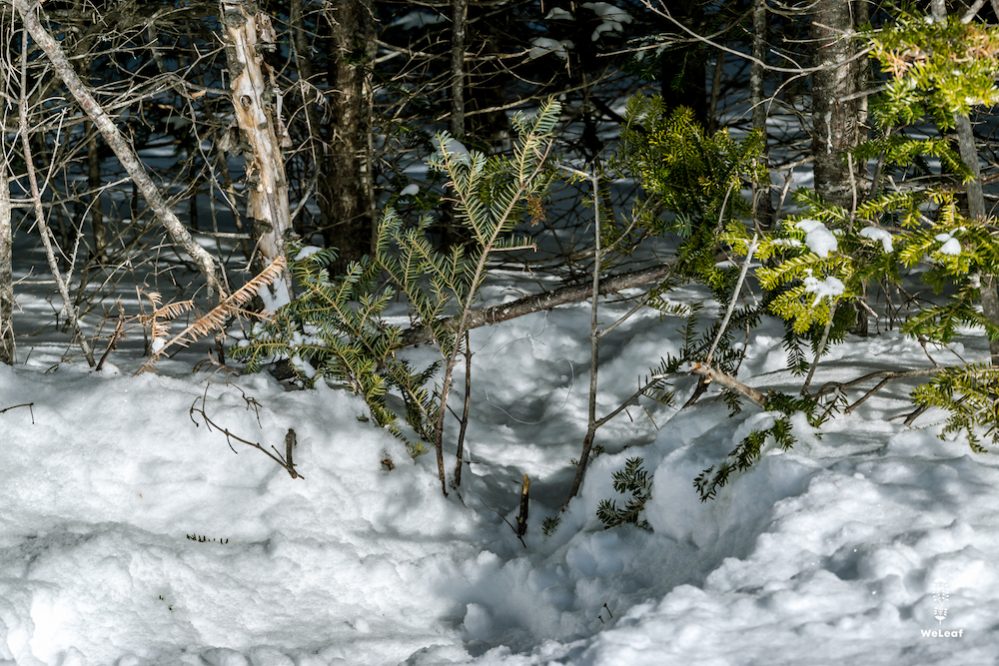
A snare to trap hare
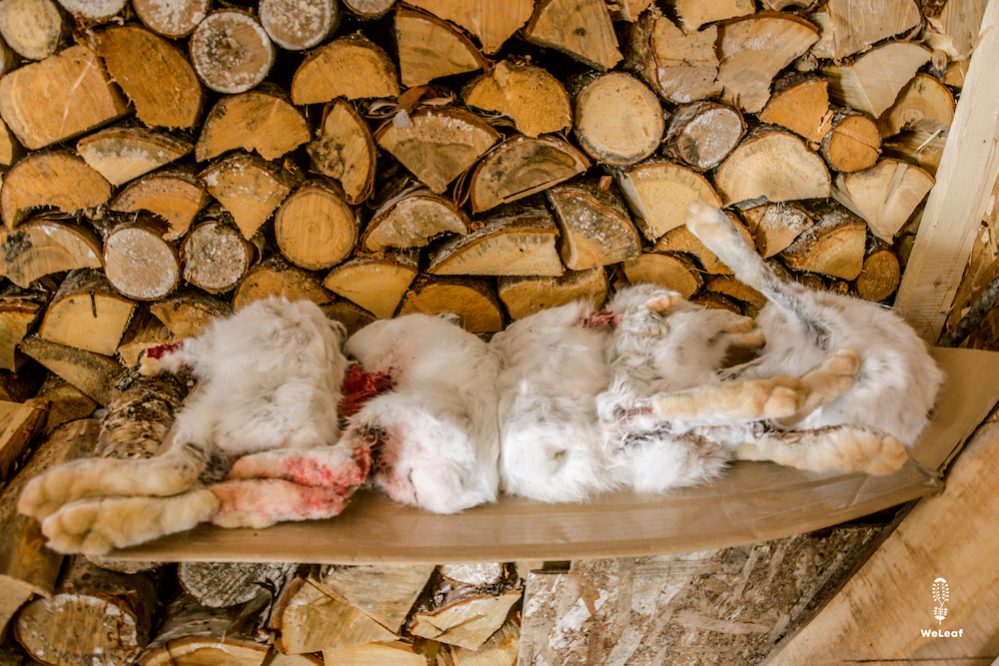
Trapped hare, white in de winter
When we leave Ilya and Amelie, we ski to their other house in two days. Ilya is a professional fisherman and has two houses. Many coasters have two houses, the house where they live and the house the other half of the year for fishing. The fishing industry is the income for most people on the North Coast. Lower on the coast, forestry and mining are an important source of income, and HydroQuebec, who builds hydroelectric power plants, also provides a lot of jobs. In addition, there are the small professions such as teacher, nurse, shop assistant, gas station gentleman and postal boy. Yet the fishing industry draws the landscape here. Our route usually goes two kilometers from the coast and this is the first village that we ski in along the water. Large crab nets and lobster cages are piled up under a heap of snow, waiting for the season to arrive in April. Then there is still ice and snow, but the boats can break through. We arrive just in time for a blizzard. Ilya had said we would find the key above the door, but we have to cross a huge pile of snow before we get to the door. Olivier's bare hand scans the entire edge and he does a dance of happiness when he finds the key. By then we are already shivering. The small house is cozy and cold. Because they don't come here in winter, all pipes are empty and we cannot use the toilet and sink. The cabinets are full of pots of fish, meat and prepared sauces. A technique that is still fully mastered here and extinguished at home with the loss of our grandpas and grandmas. It is convenient and necessary, so they can eat fish all year long.
We quickly light the wood stove. There is electricity in all villages and many people have switched to electric heaters, but the wood stove is still central to every home. That means that they all still gather their own wood. It takes hours for the house and Zoë to warm up. She is shivering in her -40 degrees sleeping bag in front of the wood stove. We now know that we get cold quickly when we come inside a house, but keep ourselves warm in the chilly outside temperatures. “Outside we are moving” Olivier says, inside we sit quietly and the environment has to warm up the body, outside the active body warms up the environment. The environment is then our clothing. ”Yes!" Zoë says excitedly, I am not exercising so my body is not warm and I don't warm up the sleeping bag. But because I am inside where my head thinks it should be warm, I am too lazy to get active. "When the house has warmed up to ten degrees a few hours later, it is already bedtime. When we fall asleep we realise how people here are still close to their local habitat. They depend on their local environment and not on the global economy like us. If there is no fish in our supermarket in the Netherlands, we will take something else. Here the people have what they can hunt, fish and collect themselves. There are small shops that provide basic needs, but for a supermarket they have to drive far. Four hours drive to Sept-iles, the big town for all the people of the North Coast or the next largest village “Havre Saint-Pierre”, for our two days of skiing. Yet we see more and more the global economy emerging here and the hunter-gatherers culture is disappearing.
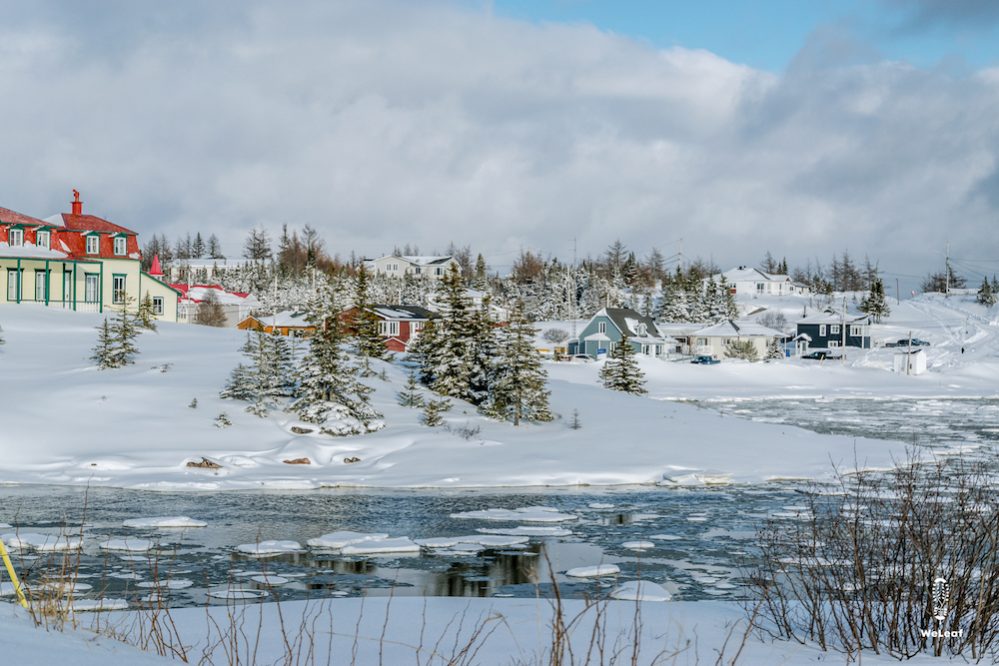
Baie-Johan-Beetz
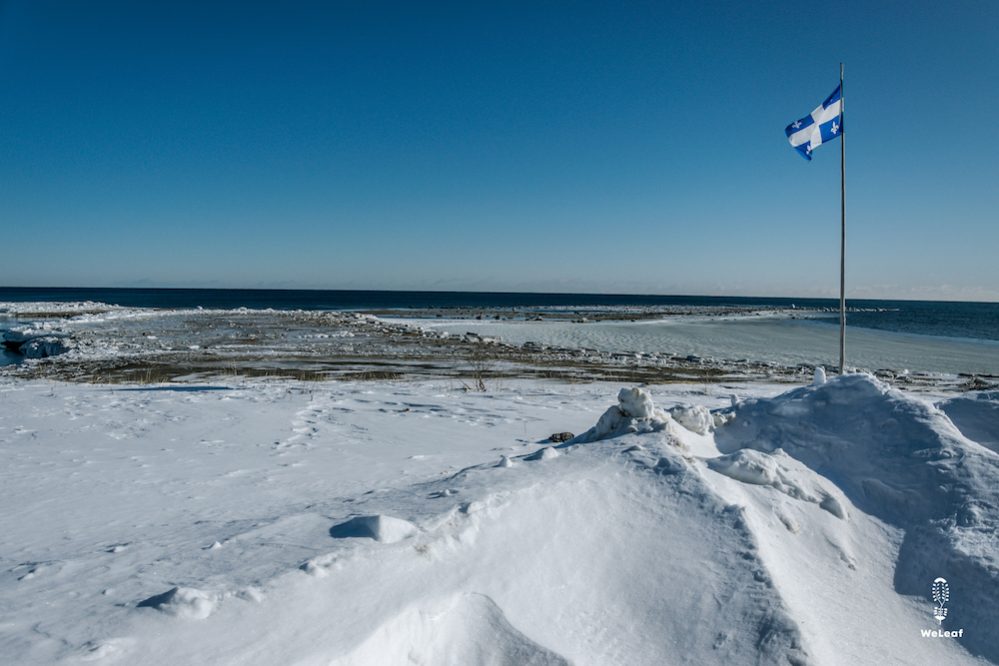
Our host Adam and in Havre Saint-Pierre does have an electrical heater, just like all his neighbors. A heating means more time. It is not necessary to start your fire every morning, keep your fire going all day and keep your wood supply. Life in a "city", even if it only has 4,000 inhabitants, brings luxury. Just like the supermarket, which provides people with all goods. Adam's father lives in the first village on Route Blanche, our next goal and we can only get there on skis because there is no road. Adam's father doesn't want to leave his hometown but would like to see the highway extended. "That is easier," he says rightly. Olivier reads in the book Sapiens "that we humans look for convenience, but that make our lives more complicated. For hunter-gatherers, there was no economic stress, social pressure, ethical conditions, rules and so on. They don't have to worry about day-care for the children, the football game, the piano lessons, the hairdresser appointment, bullying, work, a car, a house, an agenda, friends and money. They had to provide themselves with food and water, that was what filled their day. Like Adam's father, we humans often don't see the luxury of simplicity.
In Baie Johan-Beetz, the next village, we sit at the table with Maryse's parents. Her parents live across the street and are both born in the village where no more than five family names exist. The village is almost a forgotten memory, there are three children at school and the central point is a mini market that serves as a mini shop, post, gas station, meeting house and gossip room. The electricity came here in 1975 and the paved asphalted road since 1997. Before that, there was a large diesel engine for the village where Maryse now lives. Her father was a lobster and salmon fisherman for many years in the summer months and in the winter he was a trapper for lynx, beaver and marten. The skin was sold to the fur industry. There is no business in that now, so he only hunts for himself. He tells us how to catch hare while we eat the delicious wild hare stew. Zoë screams when she suddenly recognises the sculpture of the hare's head in Maryse's hands. “Nobody eats that in our country. Ridiculous, isn't it? ” Zoë says, realising that another paradigm shift is taking place. "Purely because we are simply not used to it, nor do we find it normal." Maryse laughs and pulls the tongue while she moves the jaws on her smile. The parents tell the stories from before the road came and there were no high schools and hospitals 65 km away from here. “I went by boat to go to secondary school, but when everything froze in winter, I had to take the plane. Then we sat with a handful of students on the plane to school. Sometimes the plane could not take off and then we took the helicopter ”. Our mouth falls open in amazement as the father keeps chattering. "When my wife was pregnant, she took the plane to Havre-Saint-Pierre three weeks before the due date and when she came back she suddenly had a child with her," he says with a laugh. And this was only forty years ago.
We are a stone's throw from the “Basse Côte-Nord" where Route Blanche starts and the road ends. Will it be there as it was for Maryse's parents 40 years ago? No road, that is really remote, but here too, at the end of route 138, a thirteen hour drive from Quebec City, we are already far from what fits in the 'framework' in which we have learned to look. This is a different world, with different habits and different visions, about which we know nothing about the other side of the world and therefore have nothing to say about it. It feels incredibly enriching, but also confusing. We humans do not see the world as it is but as we are or as we are conditioned to look at it. Experiencing all these experiences gives us a lot of new lenses to see through life.
What paradigm shifts will await us there? Read it in the next blog 'Sapiens'.
